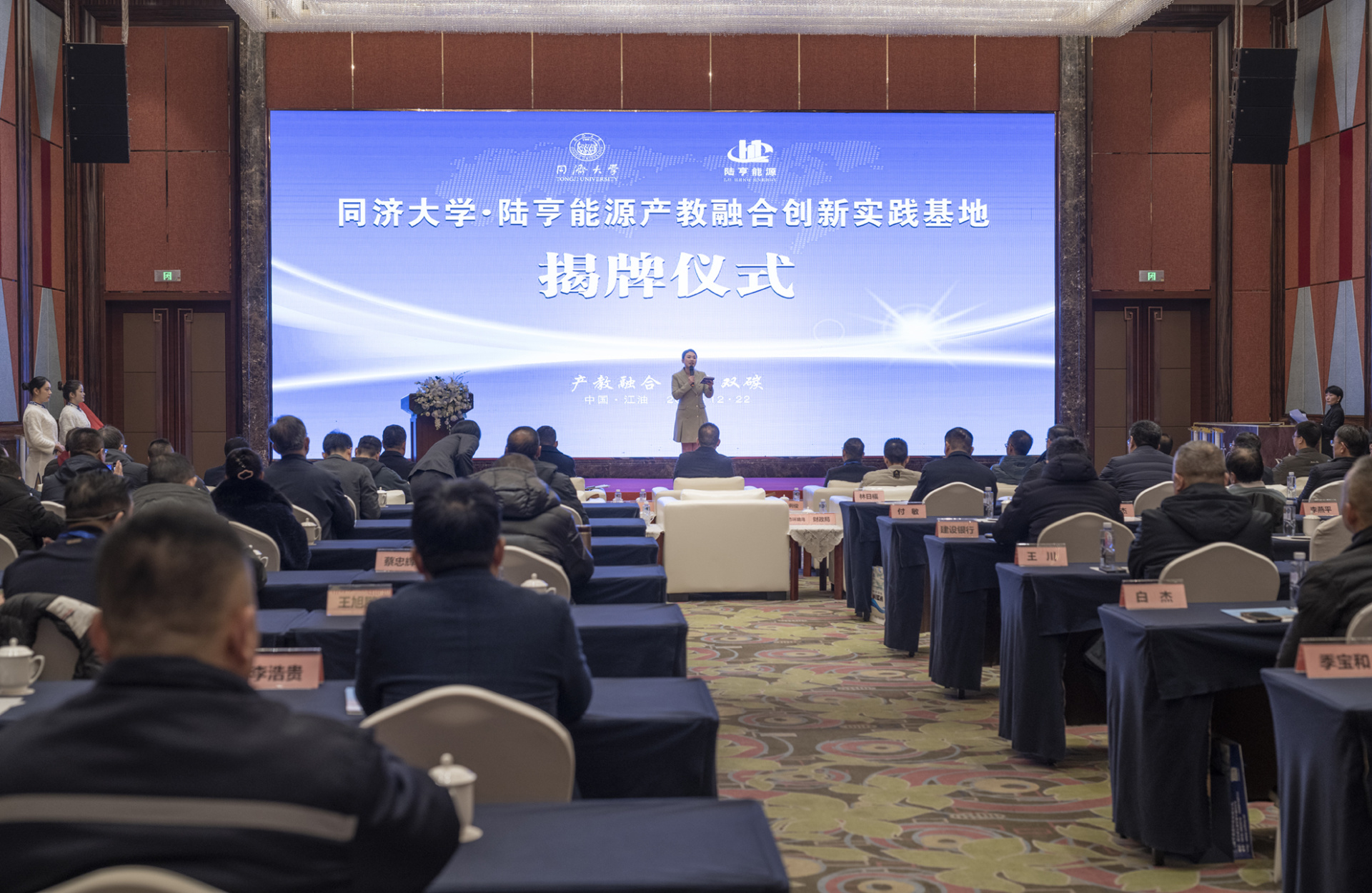Product Search
Quickly find the product you need.
- All
- Product Management
- News
- Introduction
- Enterprise outlets
- FAQ
- Enterprise Video
- Enterprise Atlas
Contact Us
Telephone:15680139111(Mr. Sun)
Telephone:13320881016(ms. liang)
Telephone:15066253625(Mr. Gao)
Address: High-tech Industrial Park, Jiangyou City, Sichuan Province
How does a battery work?
Release time:
2022-11-14
A Battery is a device containing an electrolyte solution
A Battery is a device containing an electrolyte solution and metal electrodes for converting chemical energy into electrical energy into part of a cup, tank, other container, or composite container that produces the current. There are two poles and cathodes. With the development of science and technology, batteries generally refer to small devices that can generate electricity. Just like solar cells. The main performance parameters of the battery are electromotive force, capacity, specific energy and resistance. As an energy source, the battery has a stable voltage, stable current, long-term stable power supply, low external influence of the current, the battery has a simple structure, easy to carry, easy to charge and discharge operation, is not affected by external climate and temperature, stable performance, stability, in all aspects of modern social life play a great role.
How does a battery work?
The direct conversion of chemical energy into electrical energy in chemical batteries is the result of spontaneous oxidation, reduction and other chemical reactions of employees within the battery company, which are carried out on two different electrodes. The cathode active material consists of a reducing agent with negative potential and a stable electrolyte, such as zinc, cadmium, lead and other active metals and hydrogen or hydrocarbons. The anode reactivity study material is composed of positive potential and stable oxidant in electrolyte. For example, metal oxides such as manganese dioxide, lead dioxide, nickel oxide, oxygen or air, halogen, salts, oxic acids, salts, etc. Electrolyte is acid, alkali, salt aqueous solution, organic or inorganic non-aqueous solution, molten salt, solid electrolyte plasma conductivity good material. After the external control circuit is disconnected, there is a potential difference (open circuit output voltage) between the poles, but there is no working current, and the chemical knowledge stored in the battery can be converted into electrical energy. After the external circuit is closed, the current flows through the external circuit under the action of the two electrode potentials. At the same time, there are no free electrons in the electrolyte inside the battery, so the charge transfer must be accompanied by the oxidation or reduction reaction at the interface between the bipolar active substance and the electrolyte, as well as the material movement of the reactants and reactants. The transfer of charge in the electrolyte is also accomplished by the movement of ions. Therefore, the normal charge transfer and material culture transfer teaching process within the battery enterprise is a necessary condition to ensure the normal power output of the company. The direction of the electrical and conduction processes inside the battery during charging is the opposite of that of discharge. The electrode reaction must be reversible in order to ensure the conduction in the opposite direction and the normal operation of the whole process. Therefore, the electrode reaction to produce a reverse effect is a necessary working condition for the battery. G "497" reaction system free energy can be increased (focus); F is Faraday through the constant =96500 library =26.8 amperage hours. N is the equivalent number of the battery reaction. This is a basic thermodynamic relationship between the battery electromotive force and the battery reaction enterprise, and also the basic thermodynamic equation by calculating the battery energy conversion efficiency. In fact, the current can be studied through the electrode, the electrode potential must be able to escape the thermodynamic equilibrium of the electrode potential, this social phenomenon is called polarization. The higher the current carrying density (the current that can pass through per unit of working electrode area), the more severe the polarization. Polarization is one of the important causes of t. There are three reasons for polarization.
Key words:
Related News
According to the decision of The State Council on amending
2024-02-05
The integration of production and education helps double carbon
In order to promote the technological progress of enterprises
2023-12-23








